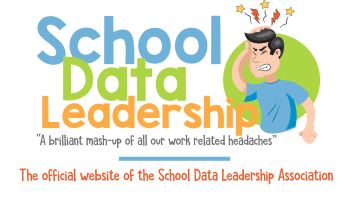Standard 4 - Planning Instruction and Designing Learning Experiences for All Students
Teachers use knowledge of students' academic readiness, language proficiency, cultural background, and individual development to plan instruction. They establish and articulate goals for student learning. They develop and sequence long-term and short-term instructional plans to support student learning. Teachers plan instruction that incorporates appropriate strategies to meet the diverse learning needs of all students. They modify and adapt instructional plans to meet the assessed learning needs of all students.
4.3 Developing and sequencing long-term and short-term instructional plans to support student learning
As teachers develop, they may ask, “How do I…” or “Why do I…”
Design an instructional program that considers the long-term and the short-term
Guidance: Begin with unit-level planning tied to standards and break into lesson-sized goals. Backward map from summative assessments to daily learning targets.
Use assessment results for long-term and short-term planning
Guidance: Use formative data to adjust upcoming lessons and summative data to identify instructional gaps. Build re-teaching and enrichment loops into the calendar.
Incorporate diverse subject matter perspectives in my planning
Guidance: Integrate multiple cultural, historical, and disciplinary viewpoints. Ensure representation in texts, examples, and voices across your content.
Select and sequence instructional strategies appropriate to the complexity of the lesson content and to student learning needs
Guidance: Use a gradual release model (I Do, We Do, You Do), spiraled review, and differentiated instruction. Align strategy selection to lesson difficulty and student readiness.
Plan an instructional program that supports students' second language learning and diverse learning needs
Guidance: Integrate structured language supports (e.g., sentence starters, word banks, graphic organizers). Scaffold both content and language objectives using the ELD framework.
Incorporate my professional expertise and knowledge of my students into a prescribed curriculum, pace, and district assessment calendar
Guidance: Customize pacing guides while staying aligned to district expectations. Supplement with culturally responsive content and flexible formative checks.
Collaborate with colleagues to make instructional decisions
Guidance: Participate in PLCs and co-planning sessions. Share formative data and best practices to align instruction and close learning gaps.
Design instruction so that students participate in setting and achieving their individual learning goals
Guidance: Use conferencing, reflection tools, and goal-setting templates to empower student agency. Revisit goals throughout a unit and embed student self-monitoring practices.
